I have a 12VDC load (up to 10A) that functions correctly down to 8VDC. Sometimes (frequency: many seconds max, many minutes typical) the power source has a very brief (few milliseconds) drop to 7V. Automotive environment, the drop is due to cranking.
I would like to avoid the device power-cycling and possibly crashing. The device is a RX/TX radio.
The first approach was to use a mosfet "ideal diode" in series with the power supply and a big capacitor across the input. However I failed to find a capacitor big enough that is also rated for automotive use (at least 16-18V). I do not like the idea to put several super-caps in series, for all the complications that are needed to keep them balanced, charged, and the loss of capacitance due to series arrangement.
Another approach was to use the diode and some sort of battery. However I have concerns about the size of the resulting circuit and the lifespan of this solution.
The final idea I had was based on the fact I only need a voltage supplement to what is still given by the main power source. I came up with the following hypothetical circuit; please note that I am aware the mosfets won't work "floating" that way, at least not without some special components, but for now just see them as "isolated" DC switches.
The control circuit is not represented but, in the nominal state PowerIN>8V they would open switches 'A' Q3 and Q4 and close switches 'B' Q1 and Q2. This will allow to charge the cap (note: I know more work is needed there) while powering the load directly.
When input voltage goes below 8V switches 'A' Q3 and Q4 would close and switches 'B' Q1 and Q2 open, effectively placing the cap "above" the power input. A 10F, 2.7V supercap is quite cheap and should have enough charge to provide for the transient (again, I know the voltage regulator will have to be disabled or isolated).


